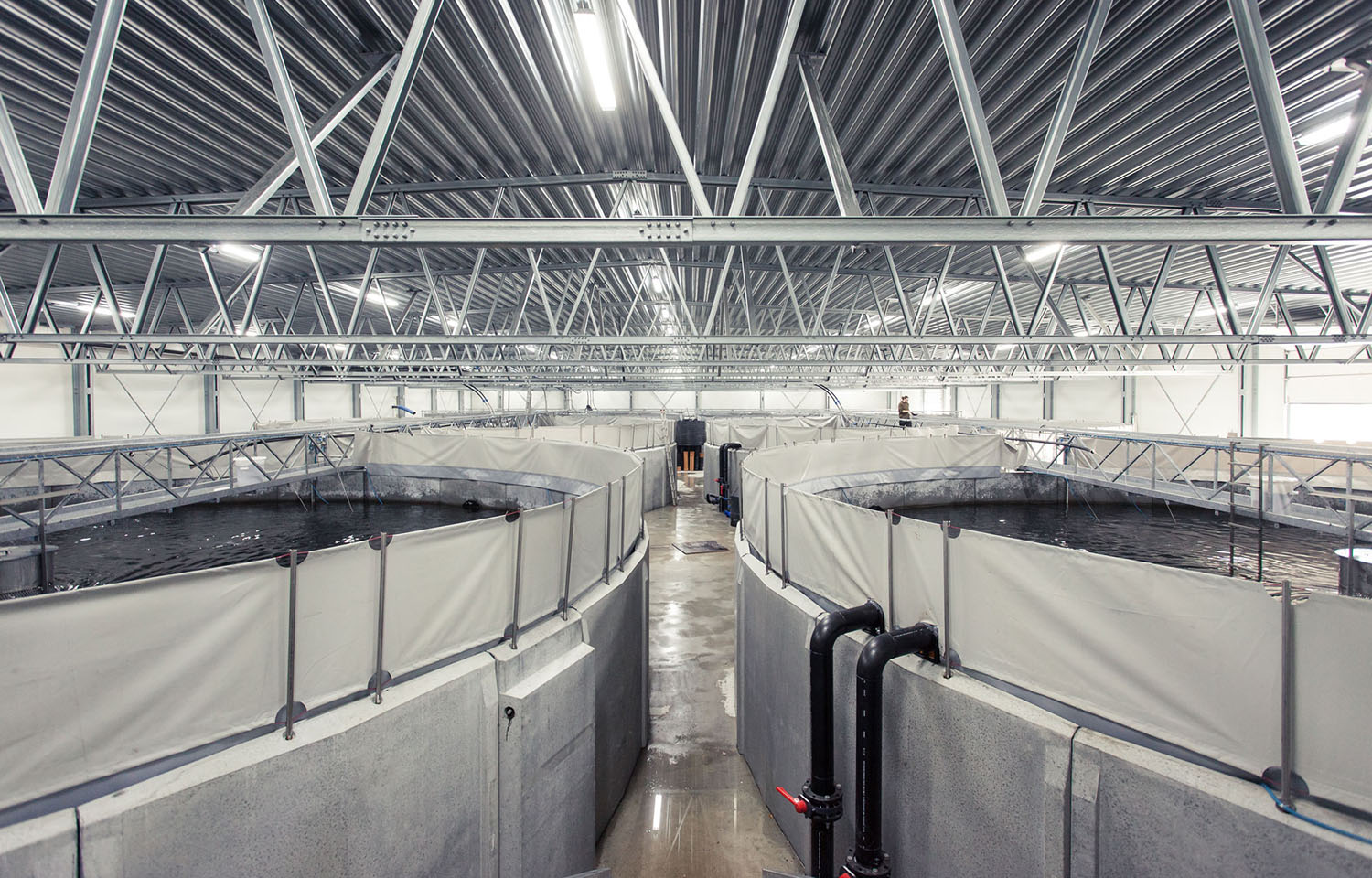Danish Salmon, a recirculating aquaculture system (RAS) salmon-farming company based in Hirtshals, Denmark, recently posted its second straight year of positive financial performance and its first-ever operating profit before fair value adjustment of biomass.
The company, which is majority owned by Marubeni Corporation and Nissui Suisan after a joint acquisition in 2020, posted increased revenue, gross profit, and operating profit for the financial year ending 31 March 2024. The increases follow up a successful fiscal year ending 31 March 2023, which saw the company post a profit following a fair value adjustment of biomass.
For the year ending 31 March 2024, the company posted revenues of DKK 66.1 million (USD 9.6 million, EUR 8.8 million), up from the DKK 57 million (USD 8.3 million, EUR 7.6 million) it posted in the year ending 31 March 2023. That total is also up significantly from the DKK 38.8 million (USD 5.6 million, EUR 5.2 million) it posted in FY2021 – meaning the company’s revenue has increased over 70 percent in two years.
For FY2023, Danish Salmon posted a gross profit of DKK 5.4 million (USD 783,000, EUR 723,000), up from the DKK 3.2 million (USD 464,000, EUR 428,000) it posted in FY2022, an increase of 68 percent. Its operating profit also increased, rising from a loss of DKK 1 million (USD 145,000, EUR 134,000) in FY2022 to a gain of DKK 988,508 (USD 143,000, EUR 132,000) in FY2023.
The company also benefited from a fair value biomass adjustment of DKK 9.56 million (USD 1.4 million, EUR 1.3 million), up from DKK 2.72 million (USD 394,000, EUR 364,000) in FY2022. That pushed its total operating profit up to DKK 11.2 million (USD 1.6 million, EUR 1.5 million), a 261 percent increase from the DKK 3.1 million (USD 449,000, EUR 415,000) it posted in FY2022.
The company said in its report that its positive financial performance is largely related to its increased production compared to previous fiscal years.
“This improvement has been possible due to initiating production in the company’s expanded production facilities,” the company said. “The company has finalized its large production expansion and is now fine-tuning the individual areas for optimal and stabile production.”
The company also said that high prices for salmon in the period helped its bottom line but cautioned that the trend may not continue through to 2025.
“There is uncertainty in the market how far the price of salmon can go,” it said.
The company said it expects to reach steady state production in the current fiscal year, and once achieved, it will focus on optimizing and improving the efficiency of its RAS operation.








